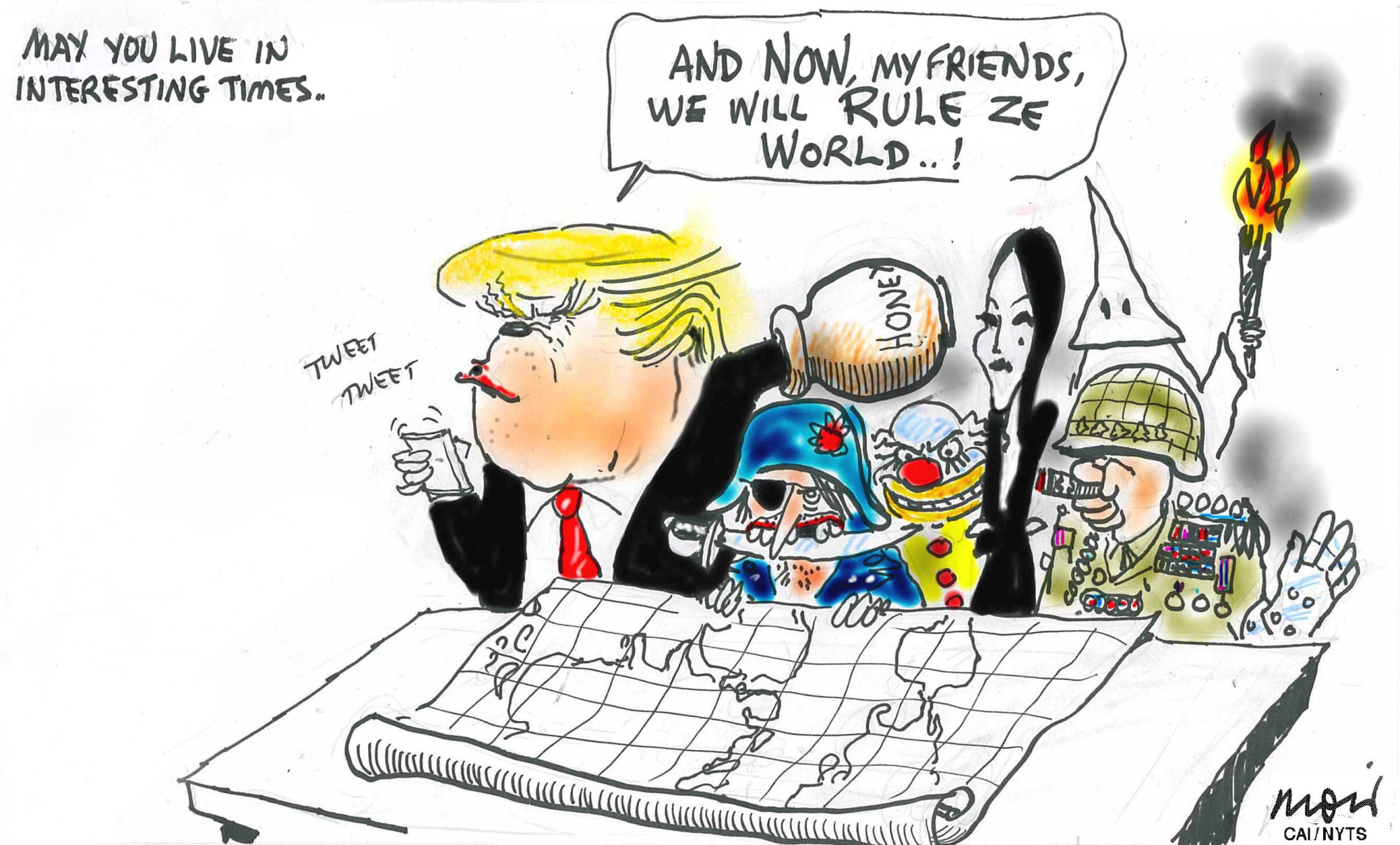The year 2017 will mark the 40th anniversary of the publication of John Kenneth Galbraith's "The Age of Uncertainty." Forty years is a long time, but it is worth looking back and reminding ourselves of how much Galbraith and his readers had to be uncertain about.
In 1977, as Galbraith was writing, the world was still reeling from the effects of the first OPEC oil price shock and wondering whether another one was in the pipeline (as it were). The United States was confronting slowing growth and accelerating inflation, or stagflation, a novel problem that raised questions about policymakers' competence and the adequacy of their economic models. Meanwhile, efforts to rebuild the Bretton Woods international monetary system had collapsed, casting a shadow over prospects for international trade and global economic growth.
For all these reasons, the golden age of stability and predictability that was the third quarter of the 20th century seemed to have abruptly drawn to a close, to be succeeded by a period of greatly heightened uncertainty.



















With your current subscription plan you can comment on stories. However, before writing your first comment, please create a display name in the Profile section of your subscriber account page.